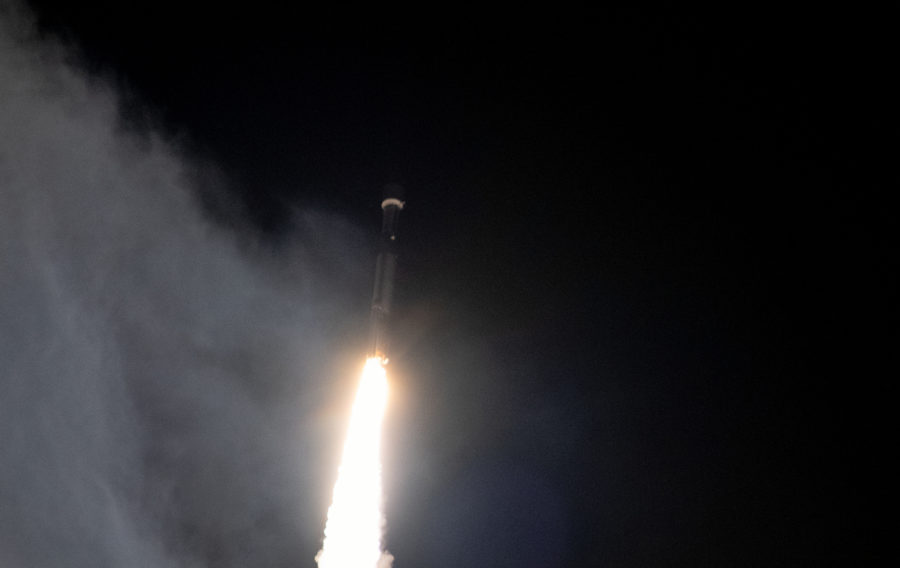
The ESA has launched its Solar Orbiter mission which will take images of previously unseen regions of the Sun.
The ESA (European Space Agency), in collaboration with NASA, launched the Solar Orbiter spacecraft from Cape Canaveral on 10 February. It will also investigate how intense radiation and energetic particles being blasted out from the Sun and carried by the solar wind through the Solar System impact our home planet, to better understand and predict periods of stormy ‘space weather’.
At its closest, Solar Orbiter will face the Sun from within the orbit of Mercury, approximately 42 million kilometres from the solar surface. Solar Orbiter will take just under two years to reach its initial operational orbit, making use of gravity-assist flybys of Earth and Venus to enter a highly elliptical orbit around the Sun.
ESA Solar Orbiter Spacecraft Operations Manager Sylvia Lodiot said: “Operating a spacecraft in close proximity of the Sun is an enormous challenge. Our team will have to ensure the continuous and accurate pointing of the heatshield to avoid the potential damage from the Sun’s radiation and thermal flux.”
“At the same time, we will have to ensure a rapid and flexible response to the requests of the scientists to adapt their instruments’ operations according to the most recent observations of the Sun surface.”
Solar Orbiter flies at an ideal distance to achieve a comprehensive perspective of our star, including both remote images and in situ measurements and will view the Sun’s polar regions for the first time. Solar Orbiter will be one of two complementary spacecraft studying the Sun at close proximity: it will join NASA’s Parker Solar Probe, which is already engaged in its mission.
If you would like to join our community and read more articles like this then please click here.
ESA European NASA satellite Space space technology space weather








